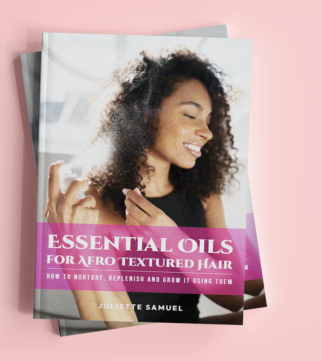Can Toners And Astringents Make Black Skin More Beautiful?
Toners and astringents have been in your view of skin care products for years. It’s just that some of you don’t know when to use toner and when to use astringent.
Toners For Beautiful Black Skin
Toners can give your skin the appearance of having closed pores. Since the toner is added after you cleanse your face and before you moisturize, it gives your skin and added layer of protection.
A toner can also refresh your skin and often prevent ingrown hairs. Go figure!
Toners were actually created to remove soap scum when using lye-based soaps. The combination of lye and hard water left a sticky residue after cleansing. Toners used to be more alcohol based, not so anymore.
By far the most popular toner is rosewater. It balances out your pH level, hydrates your skin naturally, soothes skin irritations, reduces redness as well as contains antioxidants. It even helps with cuts, scars and burns. This is why rosewater is so popular as a toner.
Let’s step back for a minute and talk about where the rosewater comes from. Rosewater is created during the steam distillation process of roses when making essential oils. In many countries it’s been used as a natural fragrance alternative to chemical filled perfumes.
Rosewater is said to have originated in what we know today as Iran. Iran was Persia before the name change. In that country, natural perfumes and incense were and still are part of the way people scent themselves and their surroundings.
During the distillation process, the oil of the rose is removed from the water and hence the essential oil and the rosewater from the same petals.
Some toners can do the job of an astringent and minimize oil buildup, especially when they contain essential oils in combination with alpha-hydroxy acids. In our Oil Be Gone Toner, you get the benefit of a toner that minimizes and clears your skin of oil, like an astringent.
Astringents for Beautiful Black Skin
Astringents are known to help tighten pores and minimize oil in your skin. Unlike toners, they contain more alcohol. They work well on acne prone skin. That’s because they help remove excess oil and helps in removing sludge from beneath your skin.
If you have dry or sensitive skin, an astringent can irritate your skin and cause breakouts. This can lead to peeling and redness. Before using an astringent, you might want to spot treat an oily part of your skin to test for irritation.
It’s always a good idea to follow up with a sunscreen after using an astringent. It will help protect your skin from sun damage.
Did you know that some fruits and vegetables are natural astringents. Crushed cucumbers and papaya, not together, are great for removing excess oil from your skin.
Toners and Astringents …
Toners and astringents can work wonders for your already beautiful black skin. The key is in knowing when to use a toner and when to use an astringent. If you have oily skin, an astringent might be the best product to add to your skin care regimen. If your have dry, combination or sensitive skin, a toner will work better.
Not sure whether you have oily, sensitive or dry, you can always visit an esthetician or dermatologist for a consultation.
That’s it for this week. As always,
Dedicated to Your Beauty,
Juliette Samuel,
Esthetician/Author/Publisher





 Facebook
Facebook Twitter
Twitter Delicious
Delicious Digg
Digg Myspace
Myspace StumbleUpon
StumbleUpon Youtube
Youtube